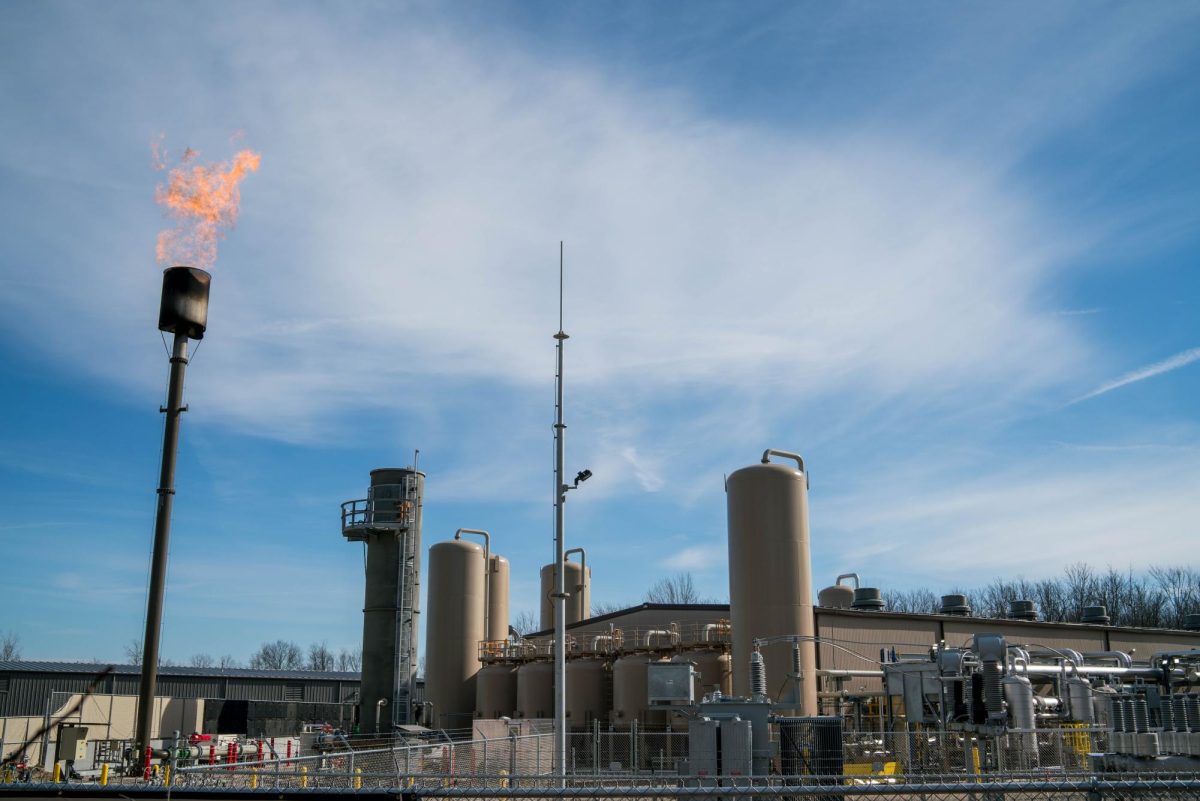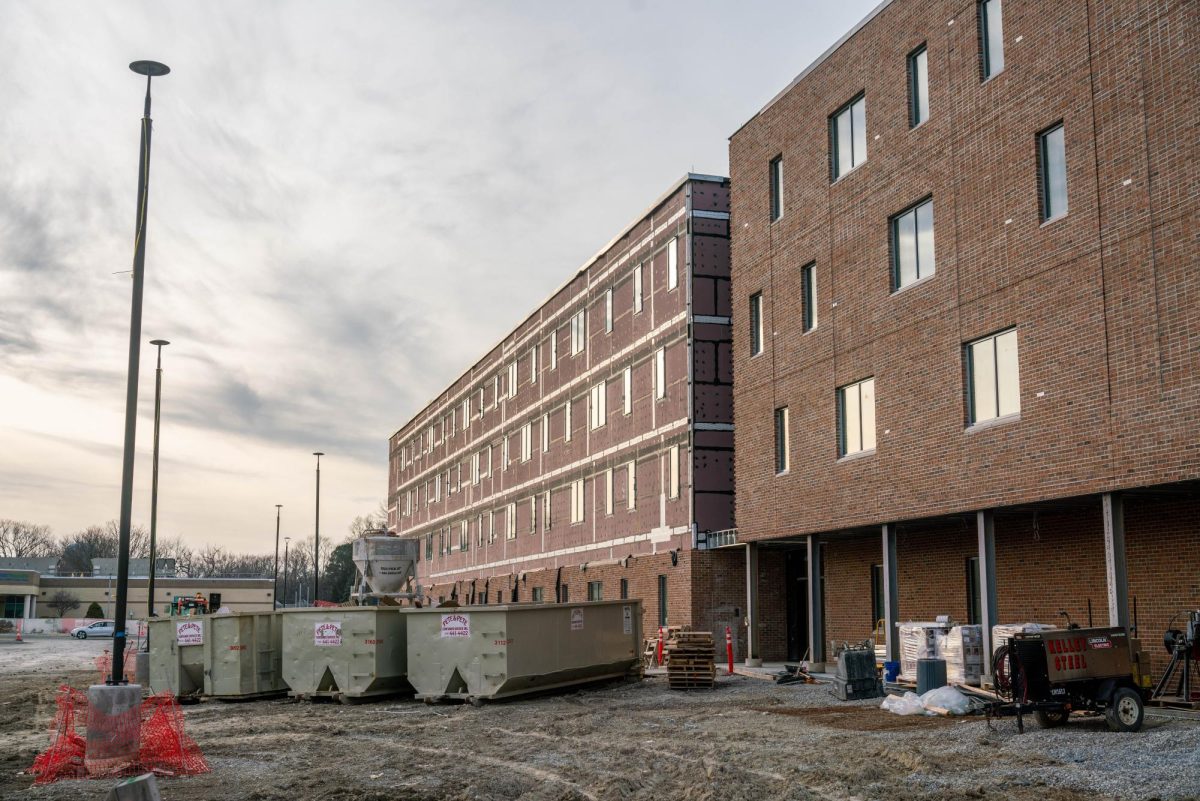Last Monday, representatives from EDL Energy, including North American CEO Richard DiGia, gave a presentation updating the Council and the public about improvements to their Oberlin facility at the regular Oberlin City Council meeting. The changes that have already occurred include adding soundproofing to equipment and closing gaps in the facility’s exterior. The international energy company also plans to build a sound barrier around the facility. These changes occurred after many people residing near the facility complained about the noise produced by the plant.
Last August, the EDL facility began its commissioning process, a phase that must be completed before the plant can begin fully operating. Once operational, the plant will convert methane gas from the landfill into usable fuel and export it through the NEXUS pipeline for use in energy production and vehicles. Amid community pushback, EDL decided to delay the commissioning process to allow for improvements. At the meeting, DiGia specified that the facility has only been operating on weekdays between 6 a.m. and 6 p.m.
“We appreciate the patience of the community and the Oberlin City Council as we’ve worked to resolve community concerns,” DiGia said in a press release. “EDL looks forward to being a good corporate citizen in Oberlin for many years to come.”
So far, EDL has installed jackets on noisy compressors; insulated pipes, valves, and ducts to produce less sound; and closed gaps in the facility’s exterior where sound was escaping, according to DiGia. He said they brought in independent sound mitigation experts to measure sound from the plant and advise changes. Sarah Swanson, a process engineer at EDL, said that the area affected by noise from the facility had already shrunk, and that EDL hoped to limit it further by building a sound barrier around the facility.
DiGia described the planned sound barrier as being similar to those seen on the sides of many interstate highways. He said the barrier will surround three sides of the facility and be 12 to 18 feet high.
Alan Margocs, who lives near the EDL Facility, said that he has noticed a decrease in noise from the plant. However, the sound is still noticeable when the facility is running.
“They have been trying to mitigate the noise,” he said. “It’s worked a little bit, but we’re still getting all day long on and off vibration from the plant.”
Margocs said that he was glad the facility was currently only operating during the day and saw the sound barrier as a positive change. He said he appreciated that it will obstruct the view of the plant, on top of limiting noise pollution.
DiGia said at the meeting Monday that EDL was committed to having good communication with Oberlin residents, particularly those living near the facility, and that the company had communicated with nearby residents through postcards, email updates, and in-person meetings. Margocs said his wife receives updates through text messages from the company, and that EDL representatives have visited him for conversations regarding changes to the facility. He said he was aware of the planned sound barrier well before it was announced at the council meeting.
“We’re trying to be as patient as we can,” he said. “And they’ve been forthcoming with information.”
The EDL segment of the meeting saw unusually high public attendance. Over half the audience left the meeting after the EDL presentation had concluded. Many stopped to speak with DiGia and other EDL representatives outside the Council chambers.








